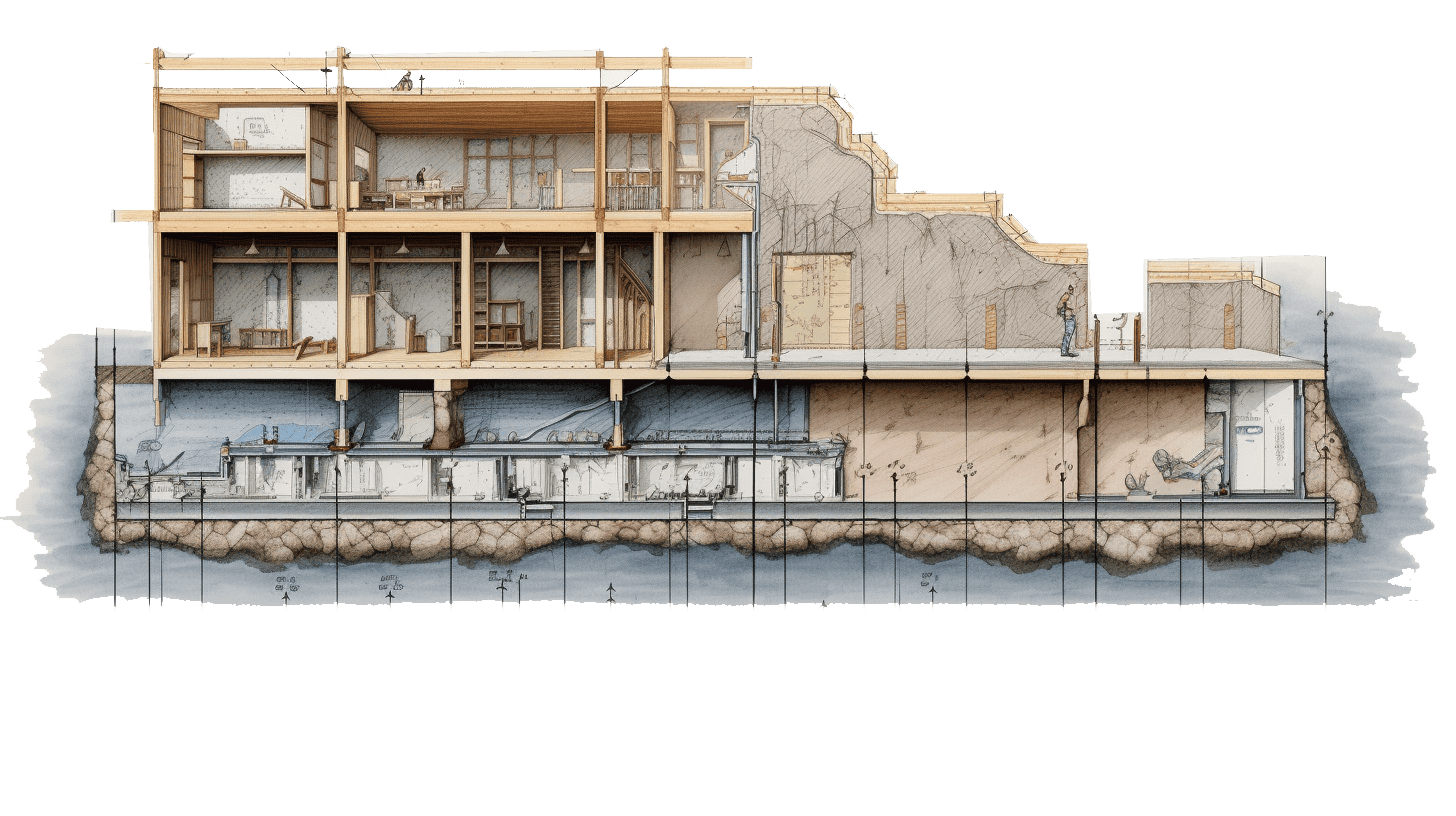
Constructing a foundation wall for a basement in a wooden building in Canada involves multiple steps and requires careful consideration of the local environment, particularly the cold climate. Here’s a comprehensive list of tips, classified for ease of understanding:

By following these guidelines, you will create a strong and durable foundation for a basement in a wooden building capable of withstanding Canadian weather conditions while providing a comfortable and dry interior space. Always work in collaboration with local experts familiar with the regional nuances of Canadian construction practices.
